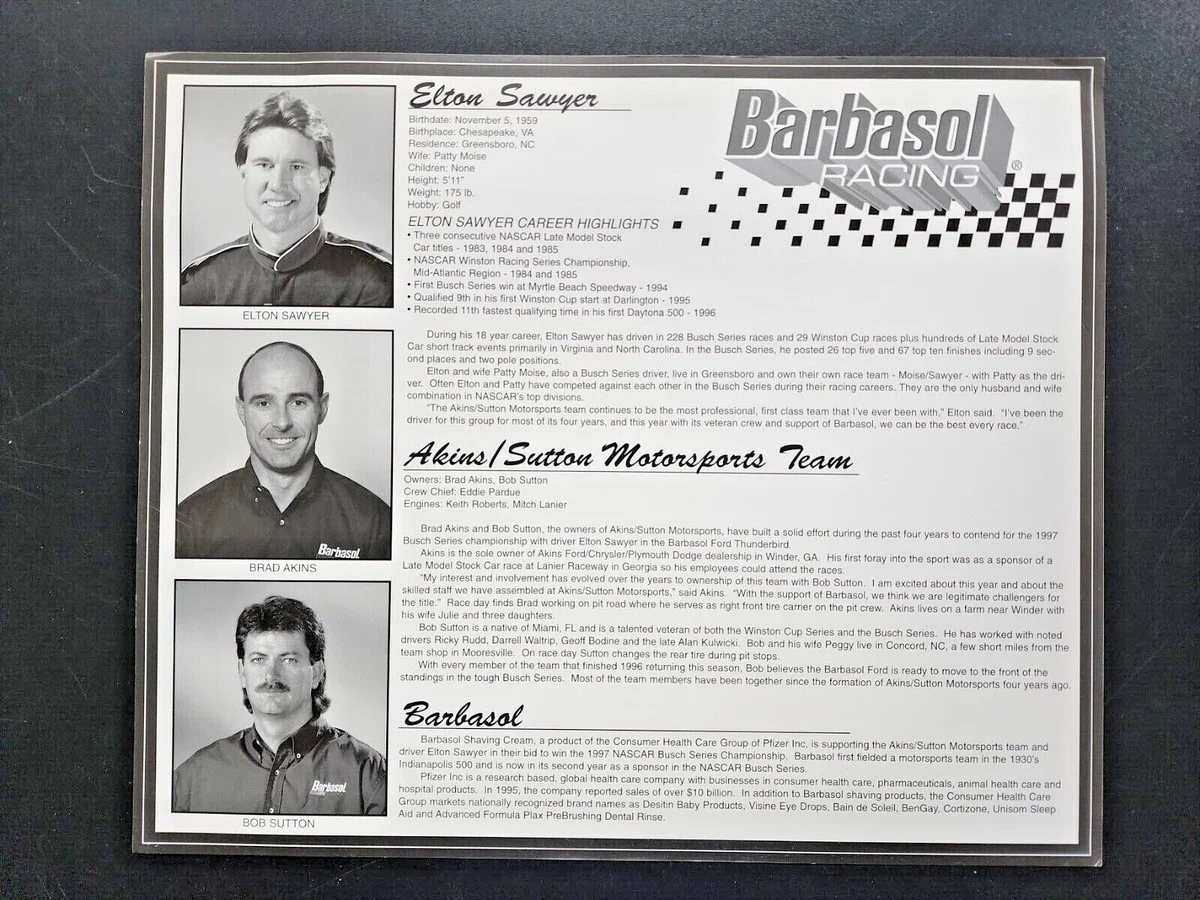Elton Sawyer, NASCAR’s senior vice president of competition, has revealed that introducing a horsepower increase for the Next Gen car at select short tracks is a primary goal for the 2026 season. The Elton Sawyer NASCAR horsepower increase is under evaluation, with Sawyer noting the major hurdle is choosing which tracks will benefit from the adjustment.
Discussions are ongoing among stakeholders about how to enhance the quality of racing across all NASCAR venues.
“We’re always trying to make our racing — whether it’s short track, road course, intermediate, superspeedway — we want to make it better. We feel like we have a really good product right now, but we want to build on that. We still have some work to do,”
—Elton Sawyer, NASCAR Senior Vice President of Competition. Sawyer highlighted that talks about horsepower at short tracks involve extensive input from engine manufacturers like Toyota, <a href="https://slicksandsticks.com/tag/ford/”>Ford, and Chevy, as well as engine builders and race teams. The 2026 initiative remains in development as positive conversations continue.
Identifying which venues count as “short tracks” poses additional complexity for officials.
“So, we still continue have very positive conversations around that and some of it boils down to if you look at a Martinsville, you look at a Richmond — it’s pretty straightforward because that’s a short track. But then, you look at a Loudon, and Loudon is a mile, but it races like a short track, so does it fall into that same bucket? We have to look at racetracks like that — Dover — it’s a mile racetrack, but speeds are up there. Is that also in that engine package that may be on the short track? … We’re optimistic that we’re going to get there, but still a little bit more work to do on that.”
—Elton Sawyer, NASCAR Senior Vice President of Competition.
NASCAR’s Evolving Stance on Engine Power
Over the past decade, NASCAR has steadily reduced engine outputs from over 900 horsepower, seeking closer competition and cost savings. Since 2015, with the exception of superspeedway events, the series has maintained a cap of 670 horsepower. NASCAR leaders have cited potential appeal for new manufacturers and cost concerns as reasons not to increase horsepower, even as many fans and stakeholders call for more powerful race cars.

However, in May, Sawyer acknowledged that the possibility of increased horsepower was being actively explored. This indicates a shift from NASCAR’s previous firm stance, as the organization now weighs incremental changes to address ongoing feedback.
Potential Adjustments and Industry Response
Mike Forde, NASCAR’s managing director of racing communications, clarified that a dramatic rise to 900 or 1000 horsepower for all tracks is ruled out. Instead, the ongoing dialogue centers on a moderate bump to approximately 750 horsepower, primarily on short tracks, which includes venues like Martinsville and possibly Richmond, but the final list remains uncertain.
“Well, I’m sure that’s going to come up too,”
—Mike Forde, NASCAR Managing Director of Racing Communications. Forde acknowledged that horsepower would be a key topic at future events and underlined the importance of cost considerations in any decision.
“But there’s some conversation of, can you go up to 750? That’s something that I’m sure we’ll discuss with the drivers, too. I don’t want to make any promises or get anyone’s hopes up, but that is, we seriously listen to the drivers and their feedback, and we’ll see what we can do there.”
—Mike Forde, NASCAR Managing Director of Racing Communications.
Manufacturers such as Chevy, Toyota, and Ford, along with team representatives, remain deeply involved in shaping the next steps for the Gen car’s development. The uncertain landscape leaves race teams and fans waiting for clear answers as the 2026 season approaches.
Implications and the Road Ahead for NASCAR
The Elton Sawyer NASCAR horsepower increase proposal illustrates NASCAR’s willingness to consider technological changes, even as some stakeholders caution against rising costs. The ambiguity around which tracks will receive the engines—especially at venues such as Dover and Loudon, which challenge clear categorization—adds complexity to the process.
These ongoing discussions are pivotal for the series as officials strive to balance entertainment value, driver input, manufacturer requirements, and financial sustainability. With further review of racetrack characteristics and consultation with engine builders, additional developments are likely as NASCAR targets 2026 for any significant changes to the Next Gen car’s horsepower configuration.


